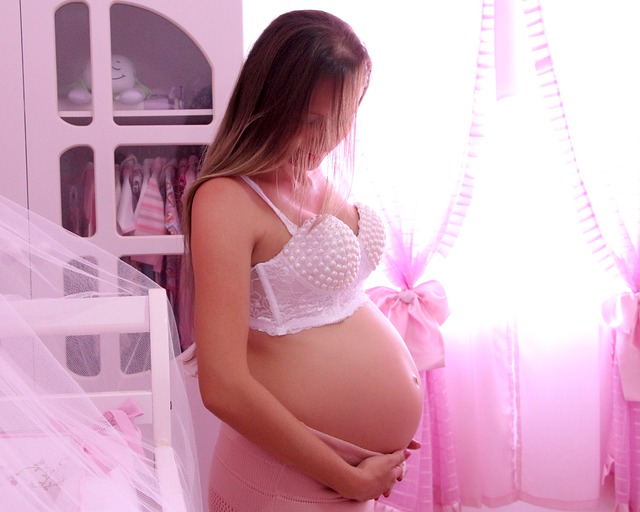When it comes to public restrooms, essential items like toilet paper and soap are typically provided at no cost. However, menstrual products, which are just as necessary, are often overlooked. This gap has prompted one organization to take action, aiming to make pads and tampons available for free in public restrooms.
Founder of the initiative, Sarah Johnson, highlights the significant impact that lack of access to menstrual products can have on women’s dignity. “When you find yourself without a pad or tampon, it’s not just inconvenient; it can be humiliating,” Johnson explains. “While some might suggest improvising with toilet paper, that’s far from ideal. Women are left vulnerable to the risk of soiled clothing, which is not only distressing but also disrespectful.”
Critics may argue that women should simply plan ahead and carry their own products. Yet, Johnson refutes this notion by drawing a parallel to toilet paper. “We don’t expect people to lug around rolls of toilet paper everywhere, so why should we expect women to carry menstrual products?” she asserts.
Progress is being made, particularly in New York City, which has become a pioneer by passing legislation that mandates free access to menstrual products in public schools, homeless shelters, and correctional facilities. This move places New York among the leading states, following California and Illinois, to address this pressing issue. Governor Mark Stevens emphasized, “Menstrual products are as vital as toilet paper and soap, but for many families, they can be an unaffordable expense.”
While this legislative advancement is commendable, there’s still much work to be done across other cities and states. “As awareness grows, we’re seeing more states acknowledge that having free menstrual products in schools is crucial,” Johnson notes. “The next step will be to broaden this access to public restrooms.”
Moreover, several states are working to abolish the so-called “tampon tax,” which imposes sales tax on menstrual products, ranging from 4% to 10%. For families on tight budgets, this extra cost can be burdensome, especially since feminine hygiene products are necessities.
Johnson’s commitment to this cause began in 1985 when she noticed free menstrual products were offered at a tech company. “It was a simple yet powerful idea, and I implemented a similar policy in my business. Since then, I’ve been advocating for organizations and schools to do the same,” she reflects.
A significant barrier to progress is the general lack of understanding surrounding menstrual health issues. “Historical decision-making has often been dominated by men who may not relate to the experience of menstruation,” Johnson explains. “As more women assume leadership roles and speak out, we anticipate meaningful change.”
As we push for further advancements in legislation, it’s clear that having open discussions about menstrual health is vital. To learn more about fertility issues and other related topics, check out this excellent resource on pregnancy and home insemination at Women’s Health. You can also explore ways to enhance your fertility journey through fertility supplements.
In summary, the movement to provide free menstrual products in public facilities is gaining momentum, with advocates like Sarah Johnson leading the charge. By addressing the stigma and ensuring access, we can support women’s dignity and health in public spaces.
